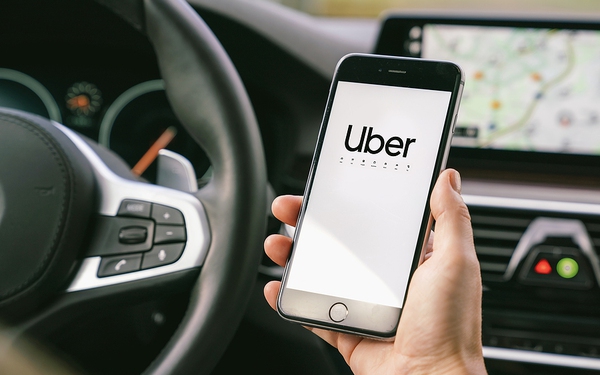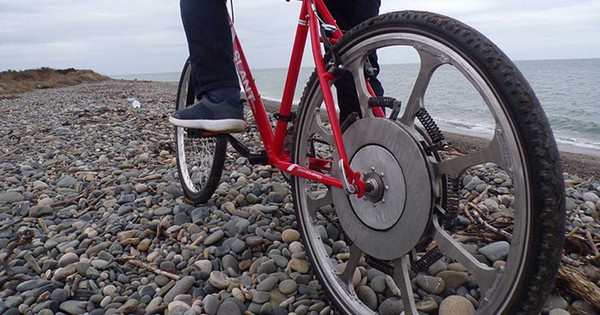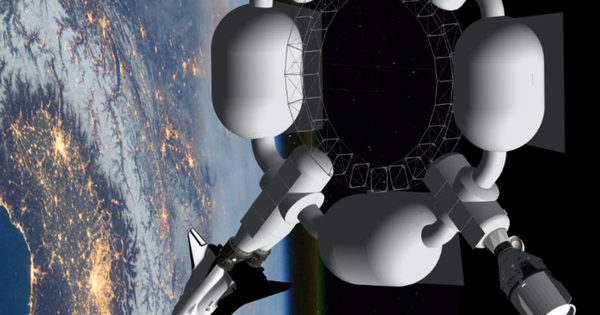Once the company that gave birth to the ride-hailing market, Uber regularly loses billions of dollars every quarter, sinking with Grab, Didi
Yesterday, Uber reported increased revenue for the first quarter of 2022. However, it also reported a loss of $5.9 billion for the quarter, largely due to investment losses in Didi and Grab.
Specifically, Uber’s revenue reached 6.85 billion USD compared to 6.13 billion USD as expected. In the second quarter, Uber expects the total value of bookings to reach between $28.5 billion and $29.5 billion.

Uber said it expects to generate “significant positive cash flow” for the whole of 2022. If it hits this target, it’s the first time the company has achieved such a feat. CEO Dara Khosrowshahi said in the statement that total bookings in April exceeded 2019 levels across regions.
Uber remains confident in its food delivery business, including Uber Eats, which has performed well during the pandemic. However, the revenue from the ride-hailing segment has now surpassed that of the food delivery segment. The ride-hailing segment achieved $2.52 billion in revenue compared with $2.51 billion in the food delivery segment.
Currently, this company is also struggling with the supply chain and demand drop when the Covid-19 pandemic rages. Uber has to spend a lot of money to attract drivers back after the Covid-19 epidemic and this significantly reduces their pockets.
The financial position of Uber, once the world’s most valuable startup, pioneered a ride-hailing market that has been bleak for years.
In the second quarter of 2019, the company also reported a “stunner” loss of up to 5.2 billion USD, of which about 3.9 billion USD was related to IPO costs.
Since its IPO in 2019, Uber has struggled to reassure investors, who are concerned about the company’s history of losses and slowing growth. When the company faced financial pressure, it was also forced to undertake some restructuring activities. The company has conducted many large-scale layoffs.
In addition, this company also had to sell many businesses to cut losses. In 2020, the company sold its Uber Eats business in India for a 9.9% stake in the Indian startup – maintaining a foothold in one of the world’s fastest-growing internet markets.
“Get money to buy you”
The problem with Uber is that they are inherently a local business. And for a business of this nature, the local network must be very strong. Uber spends tons of money getting into cities, hiring drivers, and spewing money out on promotions and ads to attract customers. As more drivers and more riders use the system, the greater efficiency and advantages of scale begin to prevail.
That’s why Uber, Didi, Grab and Lyft raised so much money. It was a fertile land and venture capitalists poured money into it, racing to take control.

However there is a huge problem. Drivers and riders are not loyal. The reason I use Uber or Lyft or any other app is because it’s cheap, and it’s heavily advertised. As long as there’s a better promotion from a competitor, I’ll leave.
This is very true of the driver’s wing. Most Uber and Lyft drivers use 2 phones and drive both. The company that pays them more, they do!
Those things show the “economic moat” – Economic Moat (a distinct advantage of a company compared to competitors, which is difficult to imitate or copy, helps the company maintain market share and protect profits). profits) of Uber isn’t very solid, is it? Actually much worse.
Every city Uber enters they have to spend a lot of money. However any other ride hailing app should do the same. But how did Uber win? When entering a city earlier, they spend more heavily than their competitors to “bribe” drivers and customers.
However, anyone can do the same. China challenged Uber and they won, forcing Uber out of here.
We will also see more such situations. Startups are emerging in cities and countries around the world to compete with Uber. They raised capital and even put down money more aggressively than Uber.
That is the big problem. It shows that, in the international arena, Uber is almost out of doors. They will always be in a passive position. That means Uber can’t be the last ride-hailing company left on the market. And if they can’t monopolize, they can’t create price power.
Again, it shows how weak Uber’s “economic moat” is!
at Blogtuan.info – Source: genk.vn – Read the original article here


